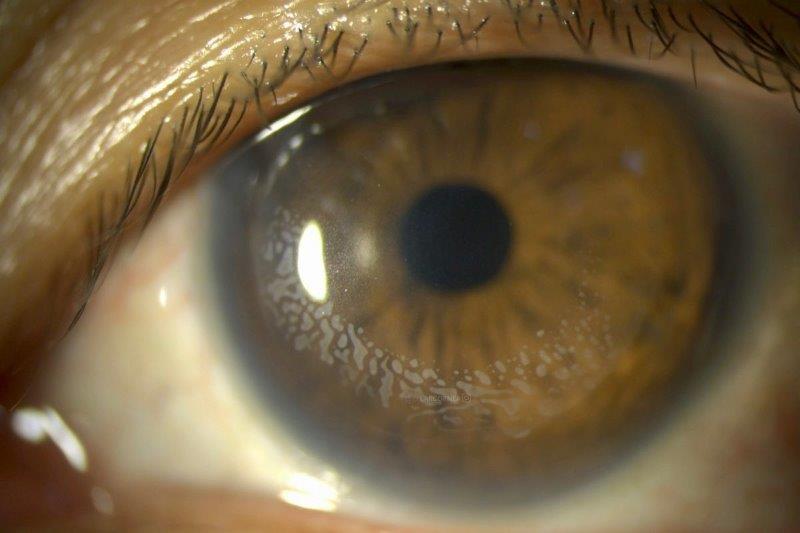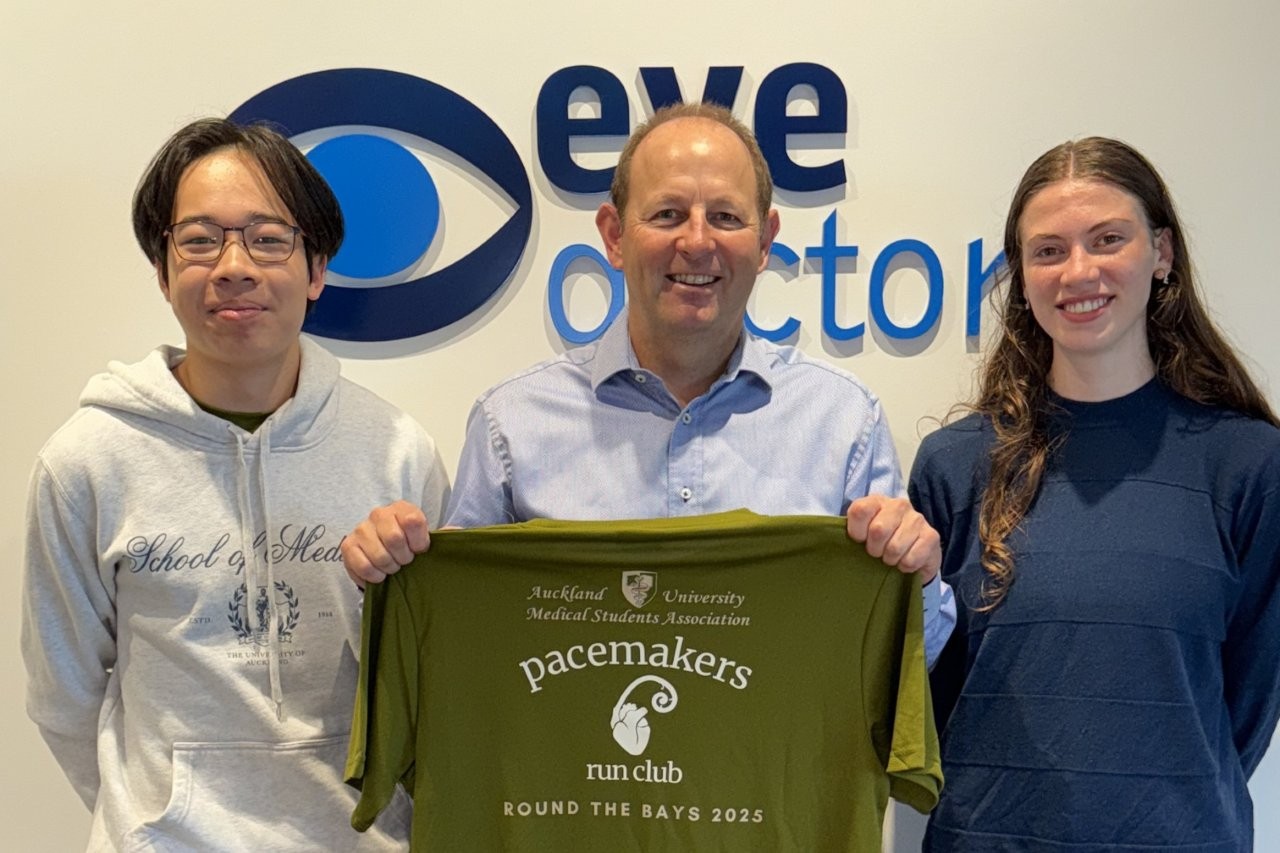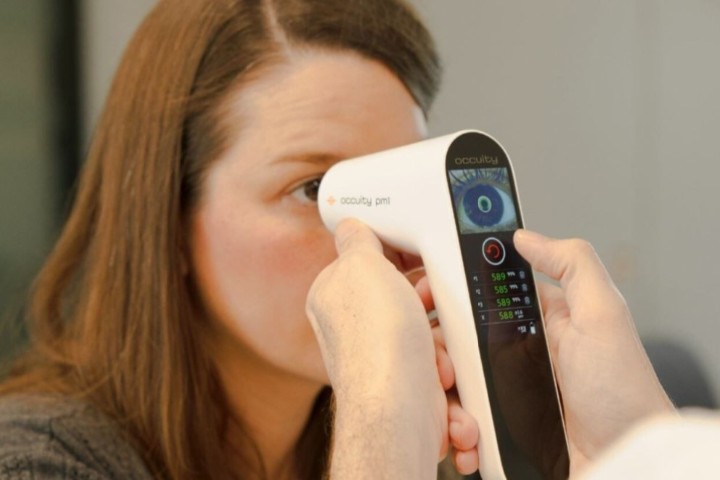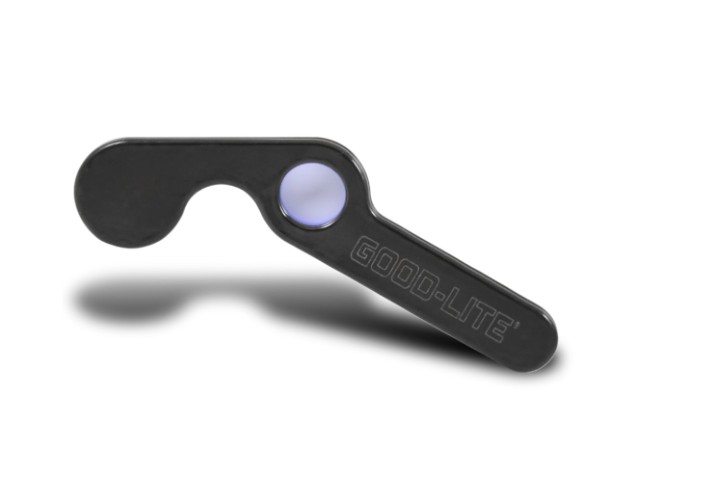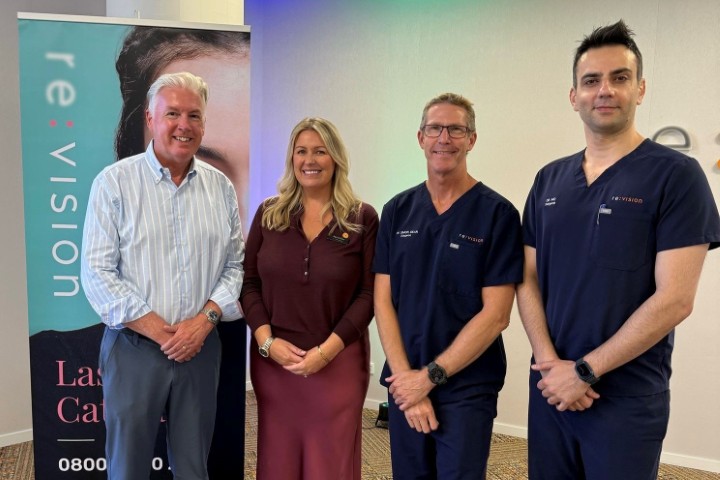Avoiding corneal EI after SMILE
Authors of a Chinese study of corneal epithelial ingrowth (EI), a rare but significant complication following laser refractive surgery, said their results offer alternative treatment paths and challenge the traditional understanding that EI is primarily caused by trauma to the flap margins.
Led by Dr Miao Zhang, Shenzhen Eye Hospital, researchers investigated four cases of EI following small incision lenticule extraction (SMILE) surgery. They found the formation of the opaque bubble layer (OBL) during SMILE surgery may create microchannels that allow epithelial cells to migrate into the corneal stroma. The location and shape of the OBL closely matched the areas of epithelial ingrowth, suggesting a direct link between OBL formation and EI, they said.
After using sub-flap debridement to remove any debris that might contribute to EI, researchers reported significant clinical improvements in all four cases, with no recurrence of EI observed during follow-up. “This highlights the importance of precise surgical techniques and effective postoperative management to prevent this complication,” Dr Zhang said.
To minimise OBL formation during SMILE surgery, researchers advised careful use of anaesthesia to prevent eye movement, accurate positioning of the suction cone and controlled suction. Postoperative use of topical corticosteroids and bandage contact lenses can also promote healing and reduce the risk of recurrence, they said.










